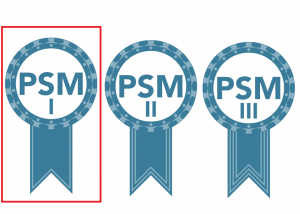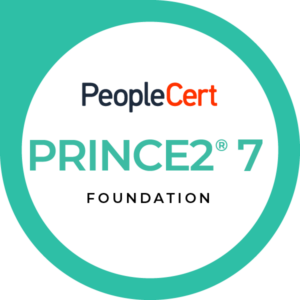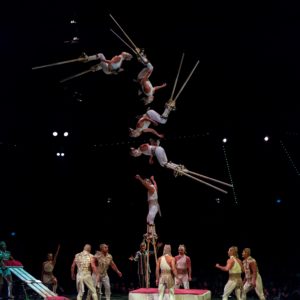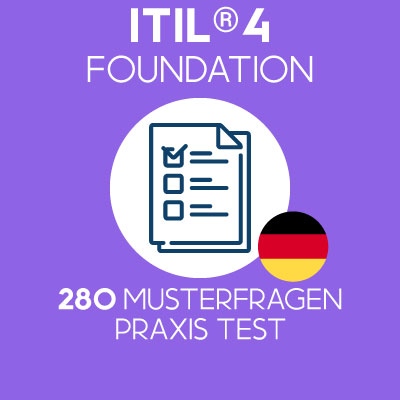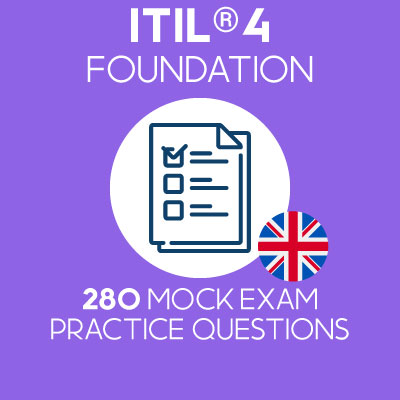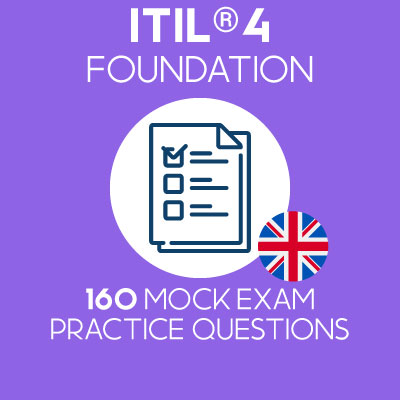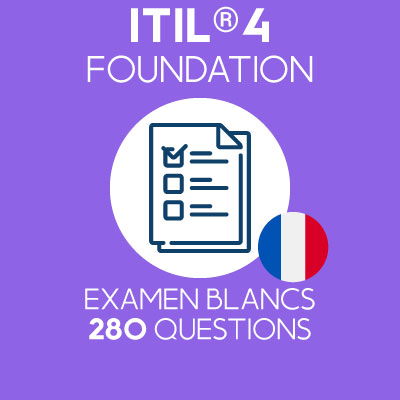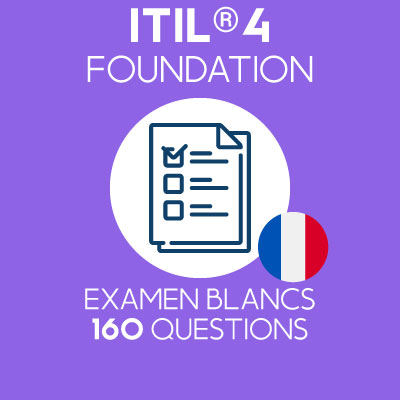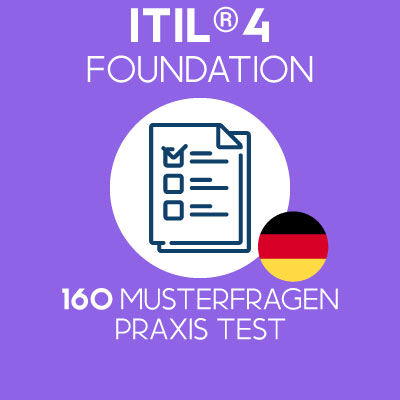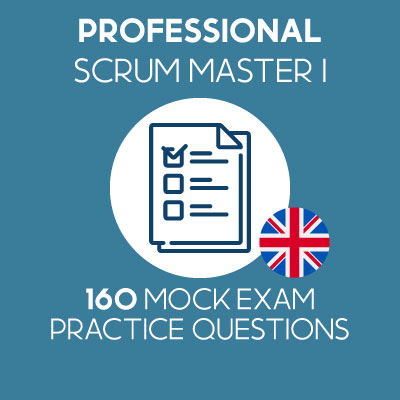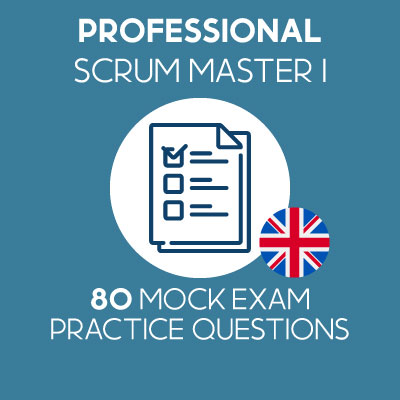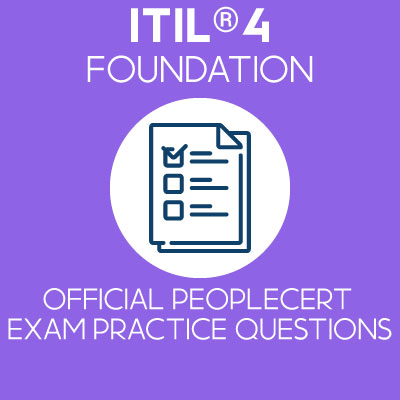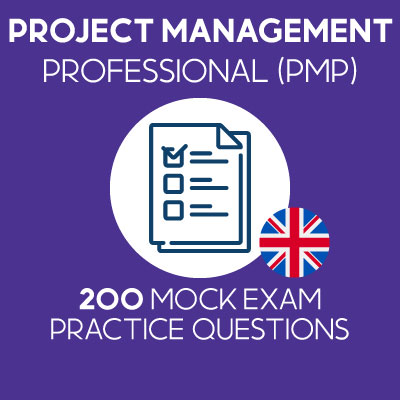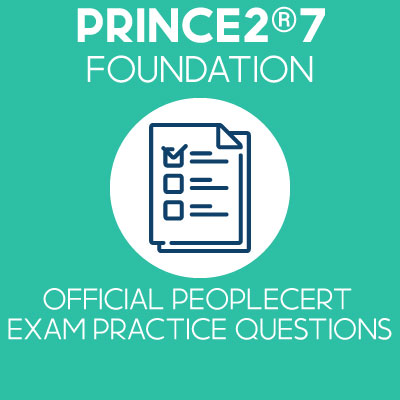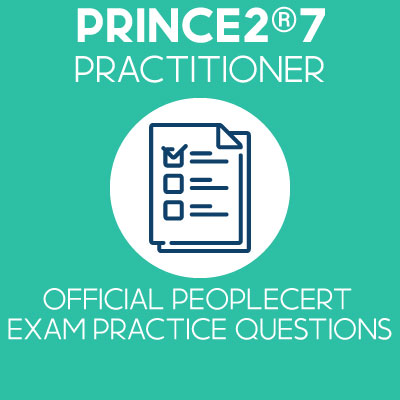Explore why there’s no project manager in Agile! Learn how Scrum distributes traditional project management responsibilities across the team to promote collaboration, self-organization, and continuous improvement. Understand the roles of the Product Owner, Scrum Master, and Developers in managing time, scope, risks, resources, costs, quality, communications, procurement, stakeholders, and integration, driving your project to success through collective ownership.
Table of Contents

Why is there no Project Manager in Agile?
No project manager in Agile? Actually, this is not even me saying that but the Agile Practice Guide from the Project Management Institute. I will quote it here:
“The role of the project manager in an agile project is somewhat of an unknown, because many agile frameworks and approaches do not address the role of the project manager.” — Agile Practice Guide from Project Management Institute & The Agile Alliance
Let’s take a closer look at why there’s no project manager in Agile, particularly in Scrum, and how the responsibilities usually associated with this role are distributed among the Scrum roles.
There is No Project Manager in Scrum – Why?
In Scrum, the responsibilities traditionally associated with a project manager are distributed among the Scrum roles. This distribution of responsibilities promotes collaboration, self-organization, and a collective ownership mindset within the team. Here, we’ll break down how these responsibilities align with the 10 project management knowledge areas defined by the PMI (Project Management Institute).
1. Time Management
Time management in Scrum is a collective effort. The Developers estimate the effort required for each item in the product backlog, helping to inform sprint planning and ensure realistic commitments. The Scrum Master facilitates the team’s adherence to timeboxes during Scrum events, such as sprint planning, daily stand-ups, and sprint reviews. This collective approach ensures that the team remains on track and adheres to the schedule.
2. Scope Management
Scope management is a collaboration between the Product Owner and the Development Team. The Product Owner defines and prioritizes the product backlog, while the Development Team collaborates to determine how much work can be taken on during each sprint. By focusing on delivering increments of value in short iterations, Scrum helps manage scope effectively. This iterative approach allows for adjustments and refinements to the scope as the project progresses.
3. Risk Management
Risk management is a shared responsibility within the Scrum team. The Product Owner, Scrum Master, and Development Team collectively identify and address risks that may impact the project. They collaboratively work to mitigate risks, adapt plans if necessary, and ensure that potential risks are addressed in a timely manner. This proactive approach to risk management helps the team stay ahead of potential issues and maintain project momentum.
4. Resources Management
In Scrum, resource management is typically handled through self-organization within the Development Team. Team members collectively determine how to best allocate their skills and expertise to deliver the committed work. The Scrum Master facilitates collaboration and ensures that the team has the necessary resources to accomplish their tasks. This self-organizing approach empowers the team to manage their resources effectively and efficiently.
5. Cost Management
While Scrum does not have specific roles dedicated to cost management, the Product Owner collaborates with stakeholders to prioritize features based on their value. This prioritization can indirectly influence cost considerations. By focusing on delivering value in each sprint, the Development Team helps optimize costs by continuously delivering increments of the product. This value-driven approach ensures that resources are used effectively.
6. Quality Management
Quality management is a shared responsibility within the Scrum team. The Development Team is responsible for ensuring that the necessary testing and quality assurance practices are followed. They collaborate closely to deliver high-quality increments of the product. The Product Owner also collaborates with the team to define and validate the Definition of Done, which sets the quality standards for the product. This collaborative approach ensures that quality is maintained throughout the project.
7. Communications Management
Effective communication is fundamental in Scrum. The Scrum Master facilitates communication within the team and ensures that Scrum events, such as daily stand-ups and sprint reviews, provide opportunities for transparent and collaborative communication. The Product Owner communicates with stakeholders, gathers requirements, and provides updates on the product’s progress. This open line of communication helps keep everyone aligned and informed.
8. Procurement Management
Scrum does not have a specific role for procurement management. However, the Product Owner may collaborate with stakeholders to identify external dependencies or procurement needs that may impact the project. The Scrum Master can help facilitate the necessary interactions and ensure that procurement requirements and dependencies are appropriately addressed. This collaborative approach ensures that procurement activities are aligned with project needs.
9. Stakeholder Management
Stakeholder management is primarily the responsibility of the Product Owner. They collaborate with stakeholders to gather requirements, manage expectations, and communicate progress. The Scrum Master supports the Product Owner in ensuring effective stakeholder engagement and managing any stakeholder-related issues that may arise. This focus on stakeholder management helps build strong relationships and ensures that stakeholder needs are met.
10. Integration Management
Integration management in Scrum is a collaborative effort among the entire Scrum team. By delivering increments of value in each sprint, the team ensures that integration and coordination occur continuously throughout the project. The Scrum Master facilitates the team’s understanding and adherence to the overall project goals and objectives. This ongoing integration helps maintain project alignment and coherence.
Conclusion
In the world of Agile and Scrum, the absence of a traditional project manager role reflects a shift towards collective ownership, self-organization, and collaboration. By distributing the responsibilities across the Scrum roles – Product Owner, Scrum Master, and Developers – teams can achieve greater flexibility, faster response to change, and more effective project outcomes.
Instead of relying on a single point of control, Scrum encourages everyone to step up and take responsibility for their part in the process. This empowers teams to work together more effectively, fostering a culture of continuous improvement and adaptability.
By understanding and embracing these principles, organizations can unlock the true potential of Agile methodologies and drive project success through enhanced team dynamics and a focus on delivering continuous value. If you’re navigating the transition to Agile or looking to refine your Scrum practices, remember: the magic lies in the collaboration and shared commitment of the entire team.
Related Blog Posts
Our Mock Exams
Most Popular Posts
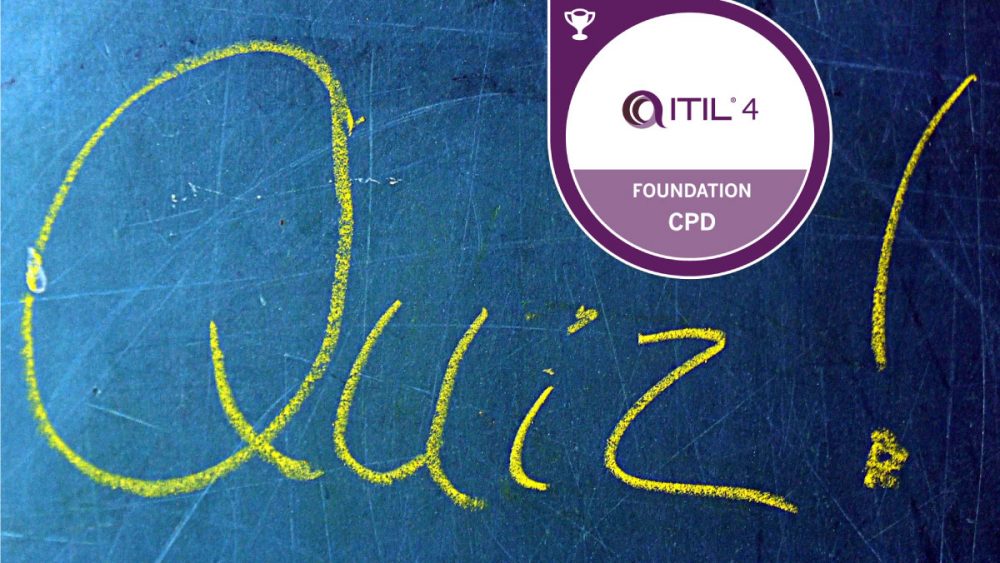 Are you ready to pass the ITIL 4 Foundation exam?... 192.5k views | 107 comments
Are you ready to pass the ITIL 4 Foundation exam?... 192.5k views | 107 comments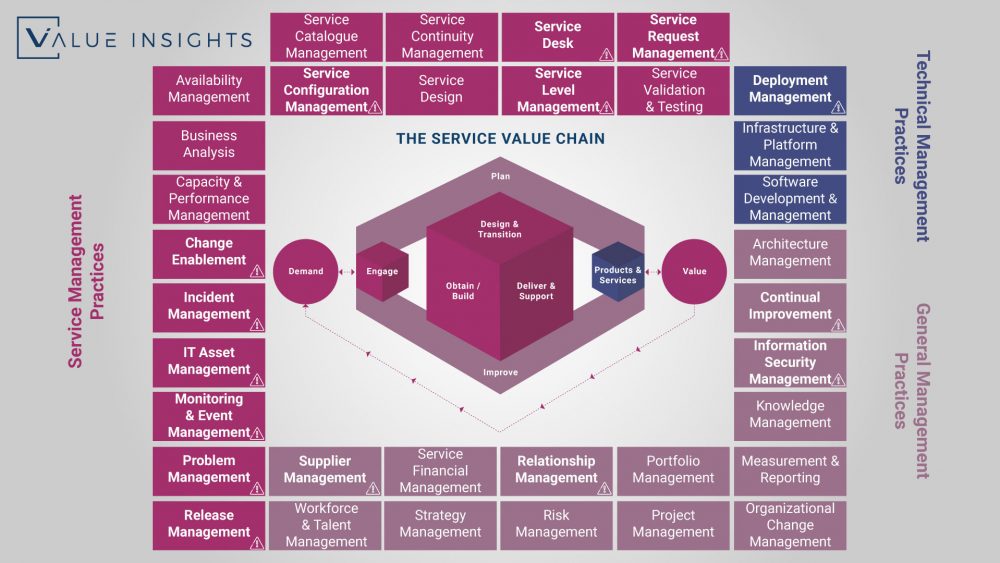 The ITIL 4 Practices Overview 81.6k views | 1 comment
The ITIL 4 Practices Overview 81.6k views | 1 comment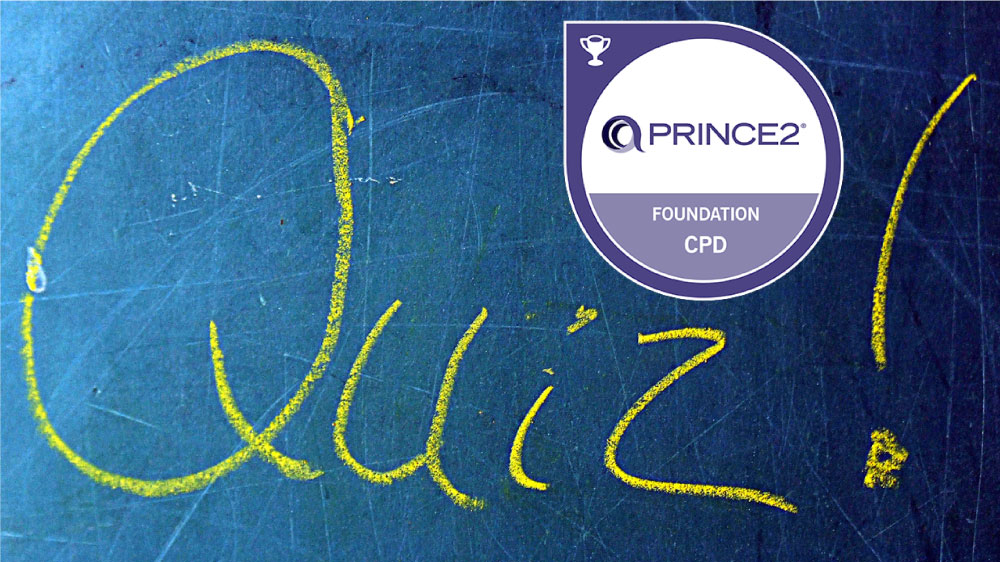 Ready for PRINCE2 Foundation? Check this 40 FREE s... 41.4k views | 24 comments
Ready for PRINCE2 Foundation? Check this 40 FREE s... 41.4k views | 24 comments Are you ready to pass the ITIL 4 Foundation exam?... 35.7k views | 0 comments
Are you ready to pass the ITIL 4 Foundation exam?... 35.7k views | 0 comments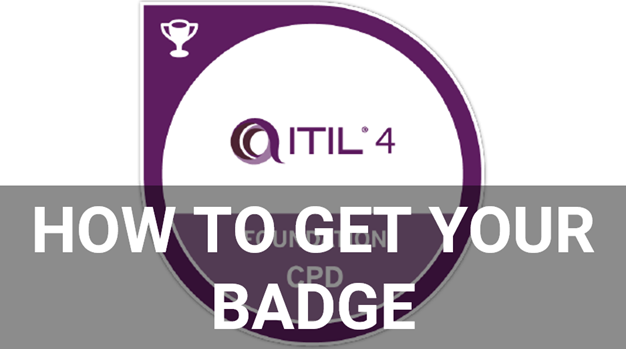 How to get the ITIL 4 Foundation Digital Badge 34.4k views | 11 comments
How to get the ITIL 4 Foundation Digital Badge 34.4k views | 11 comments


